Jamestown, the first permanent English settlement in North America, teetered on the brink of collapse multiple times during its early years. Far from a straightforward success, its survival was a complex interplay of strong leadership, crucial economic innovations, and often fraught relationships with indigenous populations. This article delves into the various individuals and factors that collectively prevented the Jamestown colony from succumbing to the harsh realities of the New World, moving beyond simplistic narratives to explore the nuanced challenges and solutions that defined its early existence.
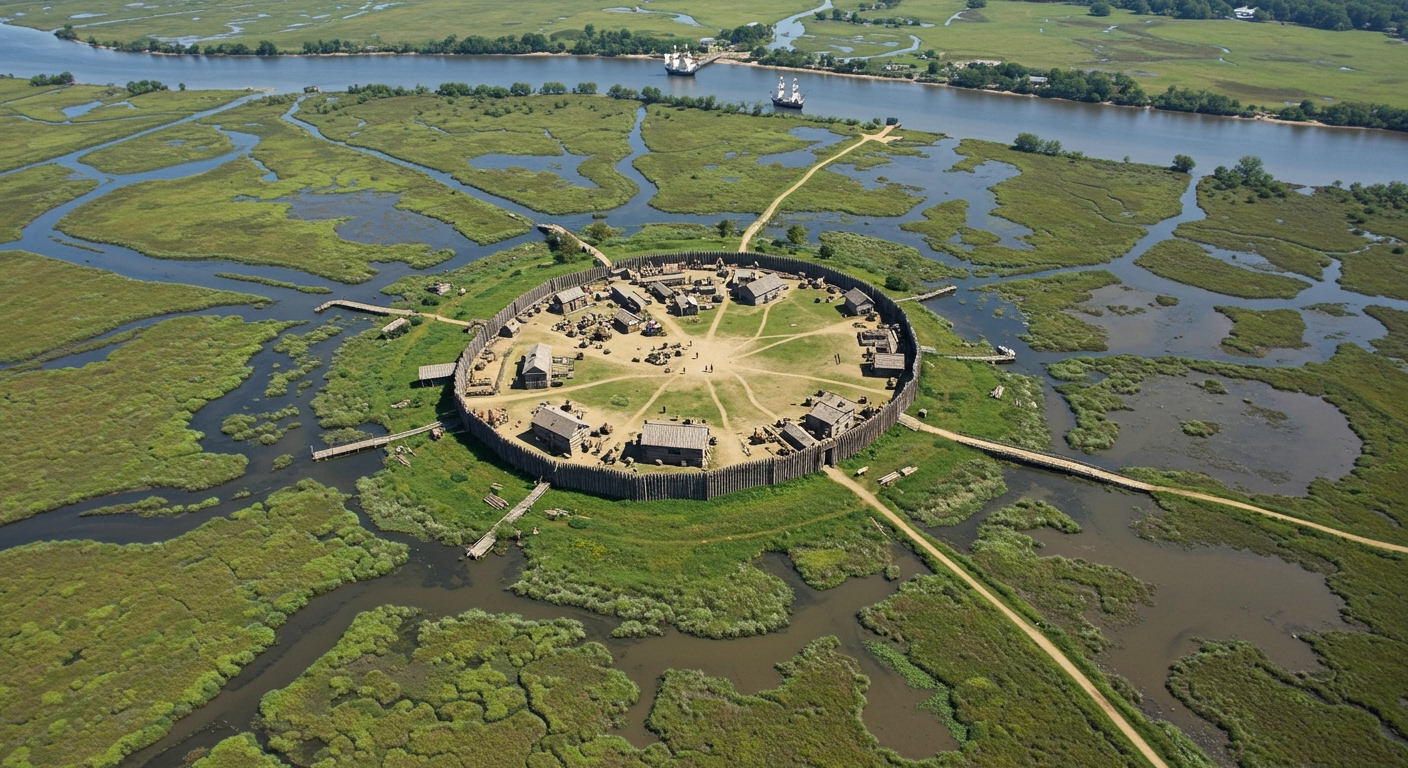
The Perilous Genesis: Jamestown’s Initial Struggles
A Risky Venture: The Virginia Company’s Ambitions and Early Realities
The establishment of Jamestown in 1607 was an ambitious undertaking by the Virginia Company of London, driven by the promise of finding gold, discovering a Northwest Passage to the Pacific, and exploiting valuable resources for England. However, these grand aspirations quickly collided with the harsh realities of the New World. Many early colonists were gentlemen unaccustomed to manual labor, poorly prepared for the arduous task of building a self-sustaining settlement [1]. This lack of practical skills and an overreliance on unrealistic expectations severely hampered the colony’s initial progress.
Environmental and Health Catastrophes
The chosen location for Jamestown, a marshy peninsula on the James River, proved to be a disastrous choice. The brackish water was unsafe for drinking and contributed to widespread disease, including malaria, typhoid, and dysentery [2]. Severe droughts further exacerbated food shortages, making the land difficult to cultivate. Consequently, high mortality rates due to disease, starvation, and conflicts with the indigenous Powhatan Confederacy plagued the early years of the Jamestown colony.
The Infamous ‘Starving Time’ (Winter 1609-1610)
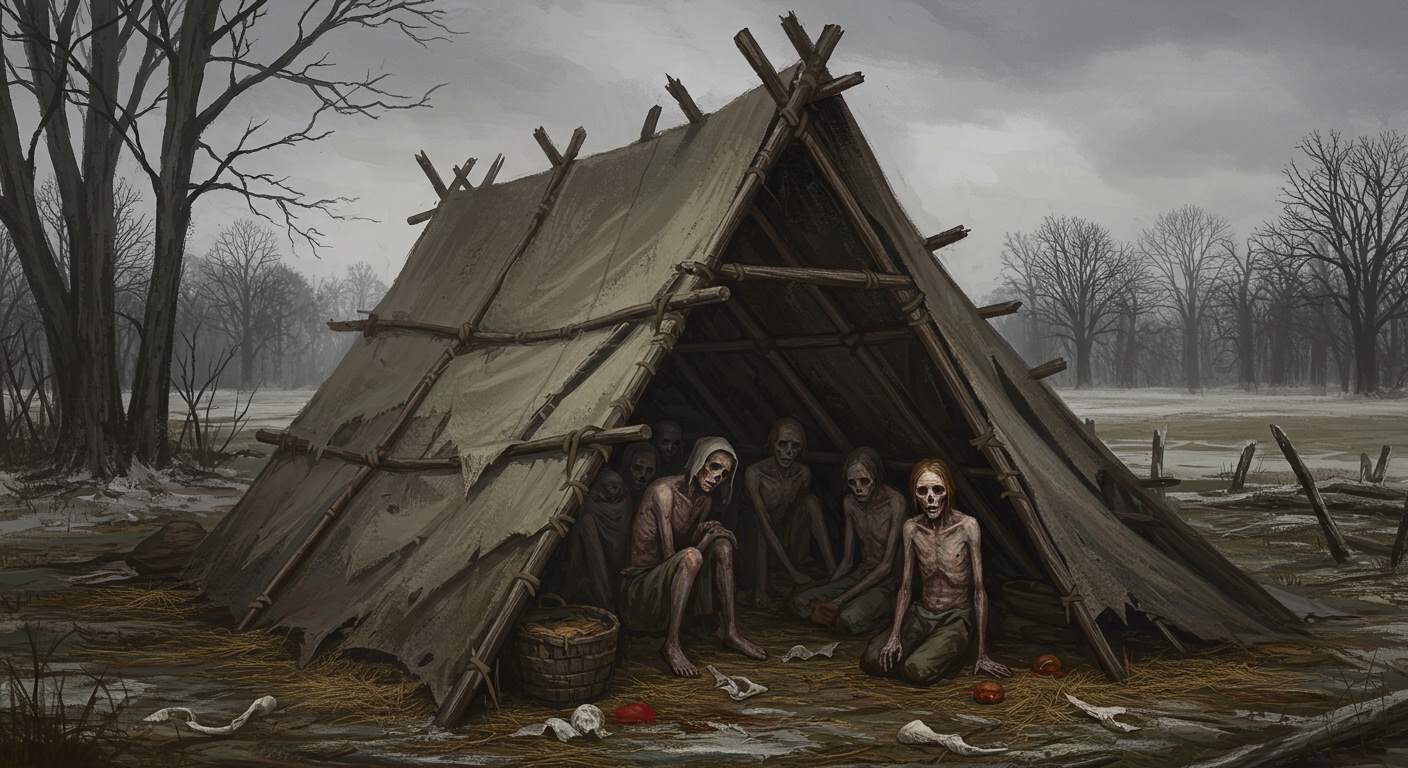
The winter of 1609-1610, infamously known as the ‘Starving Time’, pushed the Jamestown settlement to the brink of total annihilation. Characterized by extreme food shortages, fractured leadership, and a prolonged siege by Powhatan warriors, the colonists faced unimaginable suffering. Desperate measures were taken, including eating animals, shoe leather, and even disturbing reports of cannibalism emerged from this period [3]. The population was drastically reduced, and the remaining few were on the verge of abandoning the colony entirely.
Pivotal Figures: Leadership and Innovation that Steered Jamestown to Survival
Captain John Smith: Imposing Order and Strategic Survival
Captain John Smith arrived with the first wave of colonists and, despite initial imprisonment for mutiny, quickly emerged as a vital leader. He implemented strict discipline and a groundbreaking policy: ‘He that will not work shall not eat.’ This forced even the gentlemen to contribute manual labor, a crucial shift for the colony’s survival. Smith also established crucial trade relations with the Powhatan Confederacy for food, which was vital for sustenance during the lean years. His explorations and mapping of the Chesapeake Bay region provided invaluable geographic information, expanding the English understanding of their new surroundings and contributing significantly to Jamestown’s long-term viability.
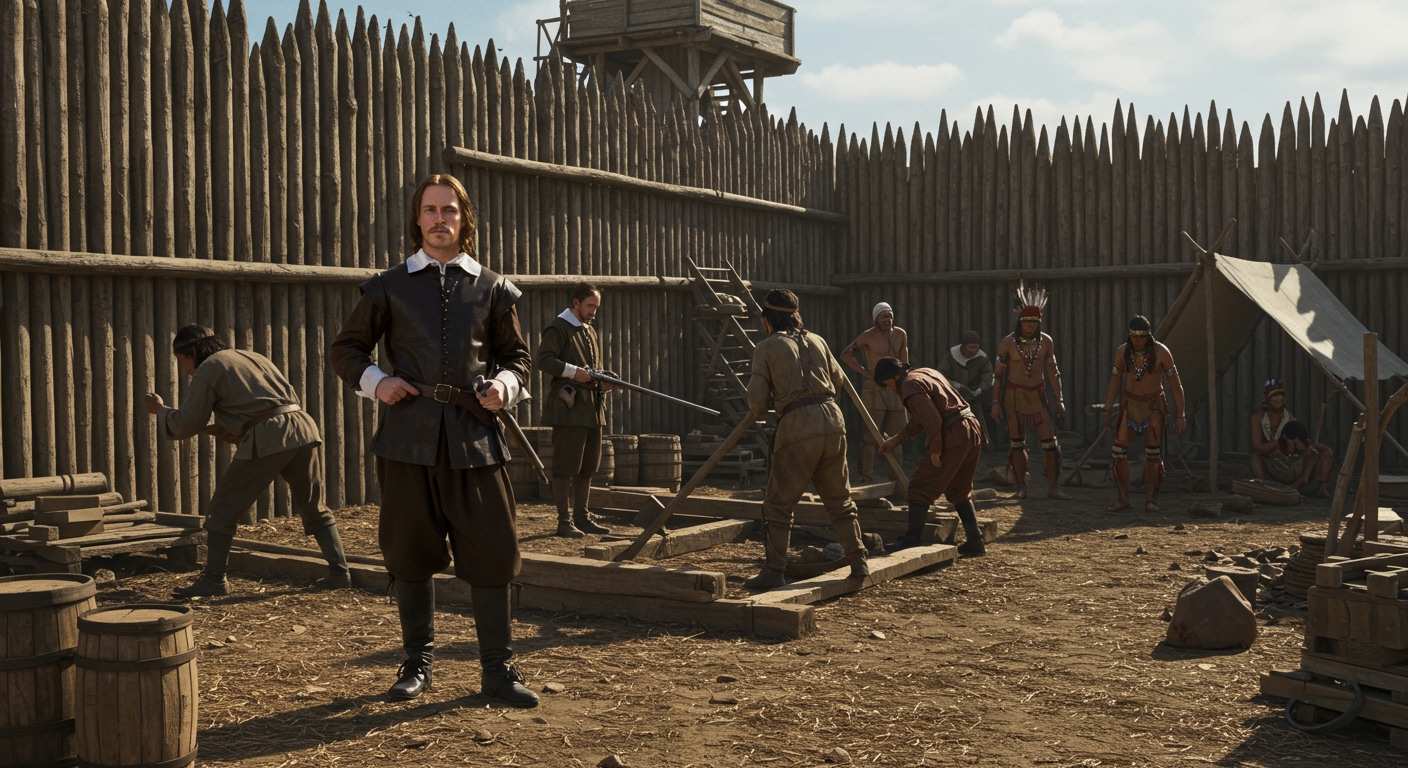
John Rolfe: The Economic Savior
The arrival of John Rolfe in 1610 marked a turning point for the struggling colony. Recognizing the economic potential, Rolfe introduced a new, sweeter strain of tobacco from the West Indies, which was far more palatable to European tastes than the harsh native varieties. Tobacco quickly became Virginia’s first profitable export, providing the Jamestown colony with a viable economic base and a reason for continued investment. The economic impact of tobacco Jamestown was profound, leading to increased immigration, further investment from the Virginia Company, and unfortunately, the rise of indentured servitude and later, the tragic expansion of slavery to meet the growing demand for labor in the tobacco fields.
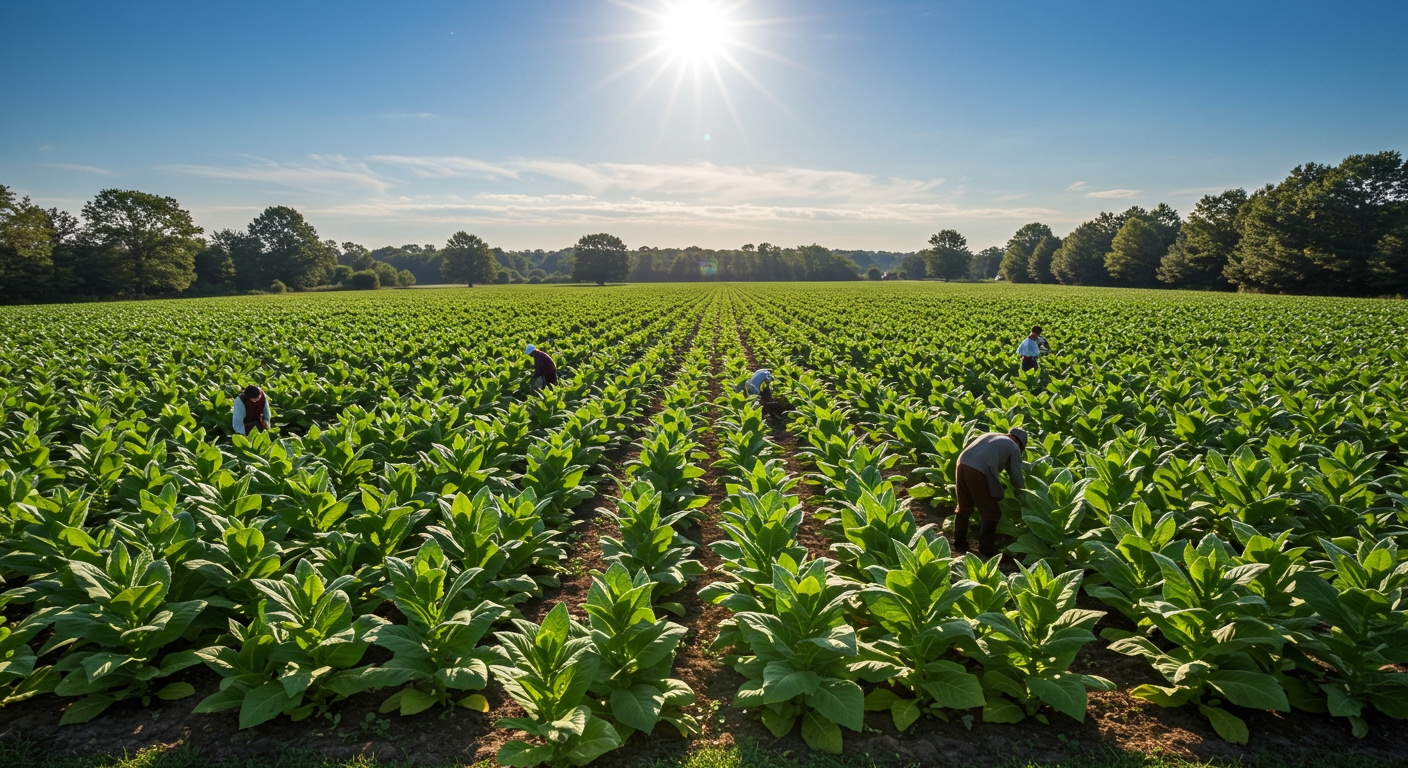
The Role of Pocahontas and Native American Relations
The daughter of Chief Powhatan, Pocahontas, plays a complex and often romanticized role in the Jamestown narrative. Her interactions with the English settlers, particularly John Smith, are a key part of Jamestown lore. More significantly, her marriage to John Rolfe in 1614 brought about a crucial period of peace known as the ‘Peace of Pocahontas’ between the colonists and the powerful Powhatan Confederacy. This alliance provided a much-needed respite for the struggling colony, allowing it to focus on growth and economic development without constant threat of warfare. Her role as a diplomat and peacemaker, though often misinterpreted, was undeniably impactful in securing the colony’s early survival [4].
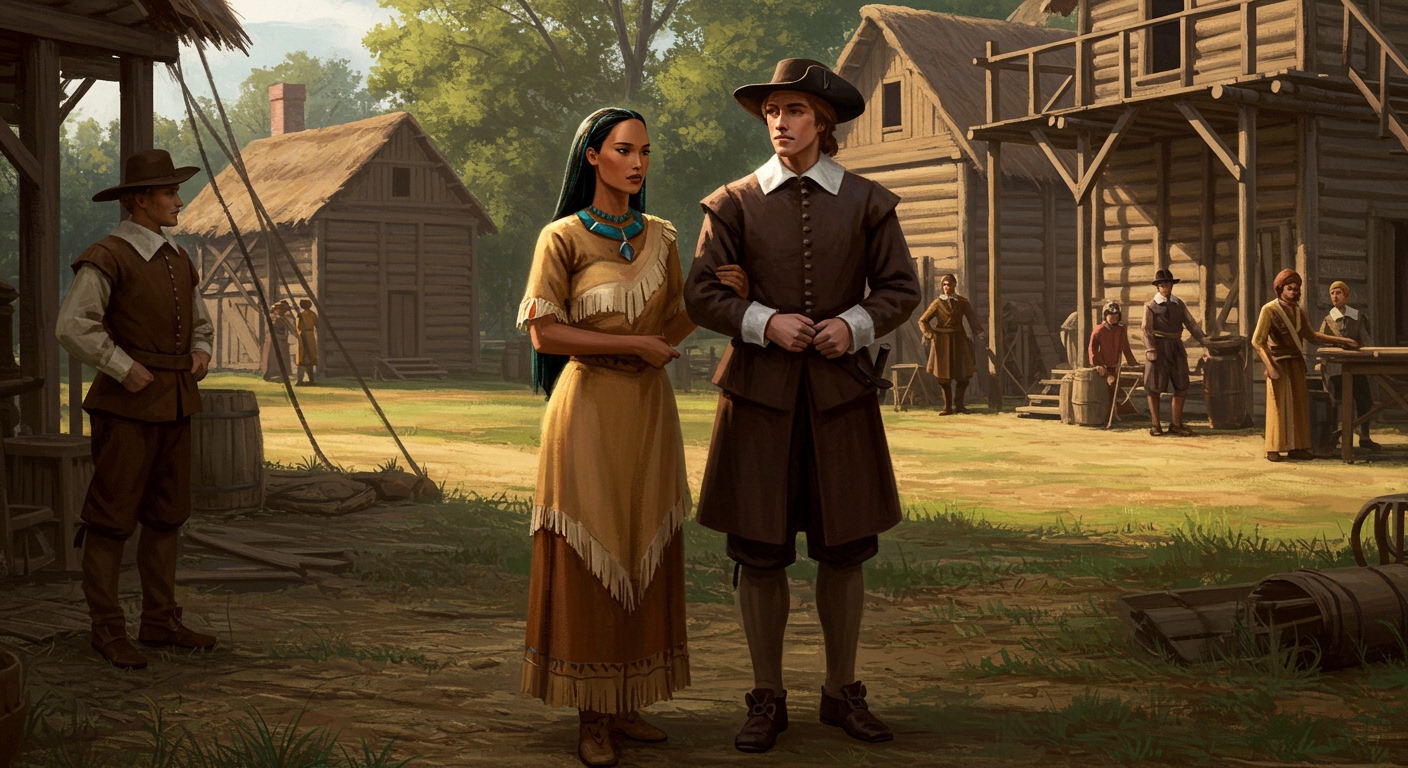
External Support and Adaptation: Continuous Reinforcement
Timely Arrival of Supply Ships and New Leadership
Jamestown’s survival was repeatedly bolstered by the timely arrival of supply ships and new leadership from England. Figures like Lord De La Warr and Sir Thomas Gates often arrived at critical junctures, bringing much-needed reinforcements, provisions, and a renewed sense of order. Lord De La Warr’s arrival in 1610, for instance, famously prevented the disillusioned colonists from abandoning Jamestown just as they were sailing downriver, turning them back to rebuild and persevere [5].
Learning and Adapting to the New Environment
Crucial to the colony’s long-term survival was its ability to learn and adapt. The colonists gradually adopted Native American agricultural techniques and crops, such as corn, which were far better suited to the local environment than European grains. This adaptation was a significant factor in overcoming persistent food shortages. Furthermore, the development of new settlements and outposts helped manage resources more effectively and expanded the English footprint in the region.
The Virginia Company’s Evolving Strategy
The Virginia Company’s role in Jamestown survival cannot be overstated. Despite significant setbacks, the company demonstrated continuous investment and adapted its strategy. This included charter changes to raise funds through lotteries and stock sales, and a pivotal shift in focus from the elusive search for gold to promoting agricultural exports like tobacco. This strategic pivot provided the colony with a sustainable economic model, moving it beyond mere subsistence.
The Lasting Legacy: Jamestown’s Enduring Significance
Foundation of English America
The survival of the Jamestown colony established the precedent for permanent English colonization in North America. It proved that despite immense hardship, a European settlement could endure in the New World. This perseverance paved the way for the future development of the Virginia Colony and served as a foundational model for subsequent British settlements, profoundly shaping the trajectory of what would become the United States.
Economic and Social Transformation
The tobacco economy profoundly shaped Virginia’s society, economy, and political landscape. The insatiable demand for labor to cultivate this cash crop had profound and tragic implications, driving the expansion of indentured servitude and, most significantly, the introduction and institutionalization of enslaved Africans into the colony. This economic driver created a stratified society and laid the groundwork for centuries of racial injustice.
Complex Historical Narrative

Acknowledging the multifaceted nature of Jamestown’s survival is crucial. It was not simply a tale of English resilience but a complex historical narrative interwoven with significant, often difficult, interactions with Native American populations. The colony’s perseverance involved both adaptation and exploitation, cooperation and conflict, laying a foundation that was both innovative and deeply flawed.
The survival of the Jamestown colony against overwhelming odds is a testament to human endurance, but it was not the triumph of a single individual. Instead, it was a fragile victory forged by the resolute leadership of figures like Captain John Smith, the transformative economic impact of John Rolfe’s tobacco, the often-overlooked influence of Pocahontas and the Powhatan people, and the ongoing support from the Virginia Company. Each of these elements played an indispensable role in preventing the collapse of England’s first permanent foothold in the New World, laying the groundwork for the future United States while also instigating profound changes for its indigenous inhabitants.



